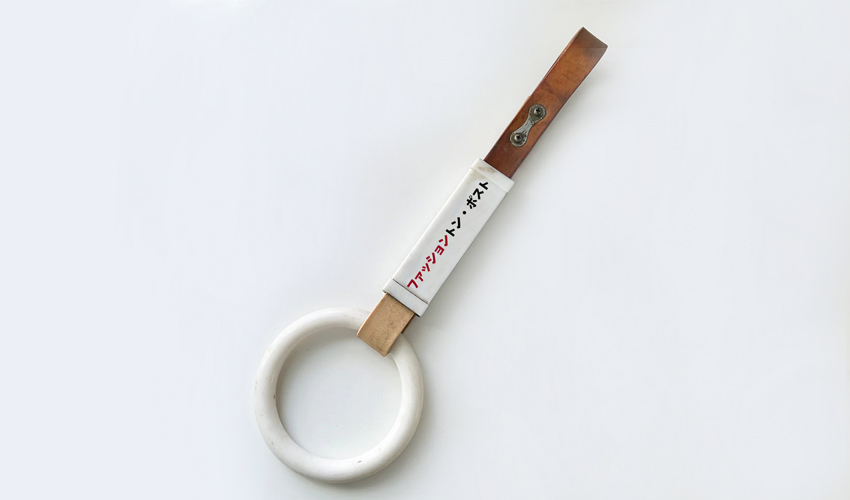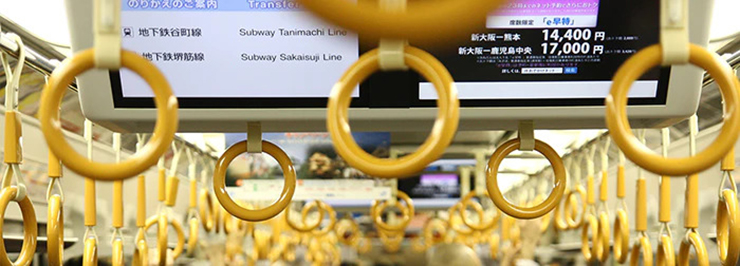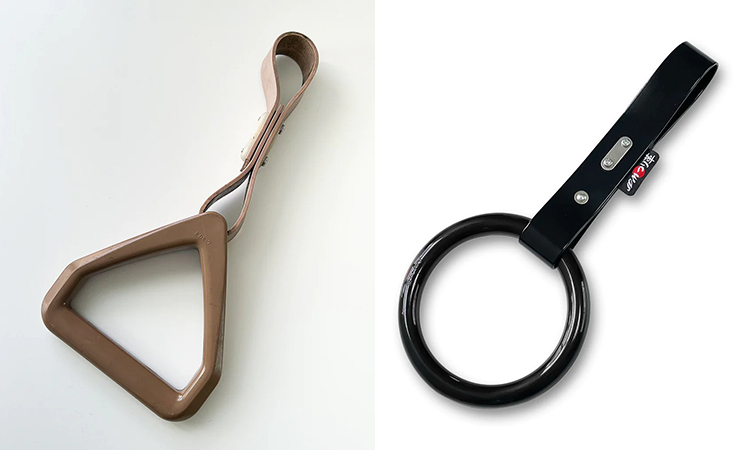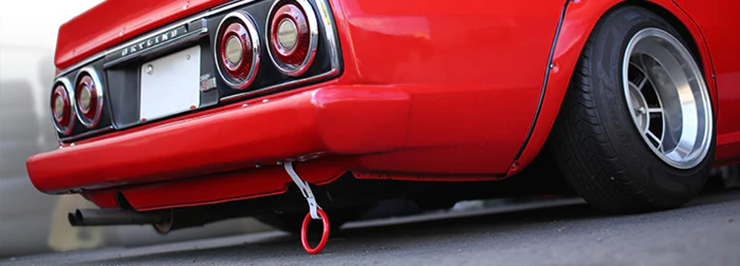Tsurikawa

Tsurikawa is being a part of a Japanese genuine fashion for many years. Originally, stolen in trains by Japan young gangsters, also known as “bosozokus”, tsurikawas were then attached inside of the drift cars, so the passengers could slide their wrist inside the ring and safely hang their body outside the window. This was illegal and demonstrating it in public was a way of giving the middle finger to society.

In the early days of Japanese public transportation, tsurikawa handles were made of leather, hence the name “tsurikawa” literally means “hang” (tsuri 吊) and “leather” (kawa 革). Some people also call them “tsuriwa” (which means “ring”). Manufacturers and transport companies in their turn often call them “tsurite” (which means “hand”).

Triangle tsurikawa handles are known to be popular in 1933, while being the only type available in subways and JR (Japan Railway) trains until the mid-seventies.

The rounded tsurikawas are more modern ones and were introduced due to their ergonomic factors. Their shape allowed to slide the wrist into it and rest your body. One could also rotate it and make sure not to grab a part grabbed by someone else before.
Until recently, most of the tsurikawas featured white rings with either light grey, white or light brown straps. In the 80’s, “Shin-Keisei Electric Railway” company started to use yellow rings to highlight the priority seats. It’s now common for companies to install different color combos near special seats.


